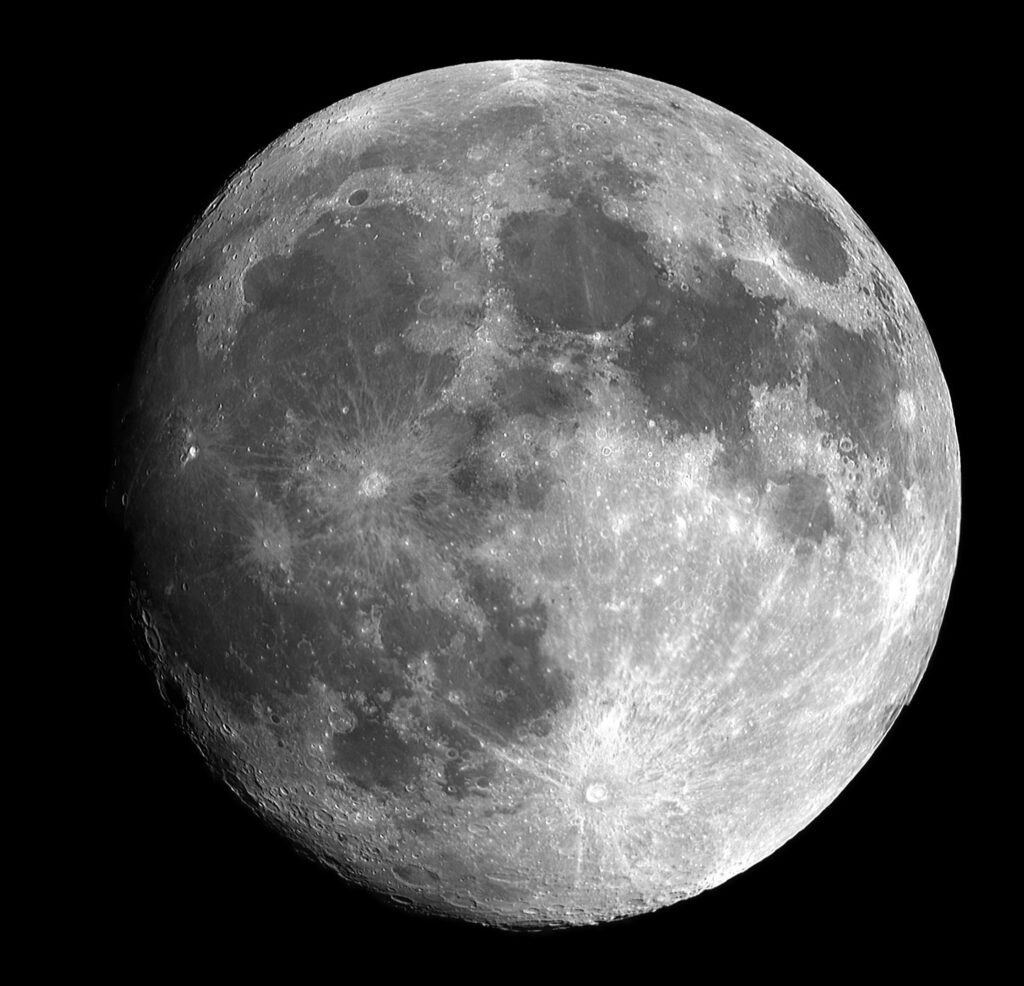Table of Contents
ToggleMoon’s Age
Discover the age of the moon and how recent advancements in technology have revealed new insights into its formation. Explore the significance of zircon crystals and the Giant Impact hypothesis in understanding the moon’s origins.

Unraveling the Mystery: Moon’s Age Revealed
Have you ever wondered how old the moon really is? Recent breakthroughs in scientific analysis have provided fascinating insights into the moon’s age, reshaping our understanding of its formation and early history.
Exploring Lunar Samples: A Journey Back in Time
More than fifty years after the Apollo missions brought back samples of lunar rock and soil, scientists continue to unlock secrets hidden within these ancient relics. Among the treasures retrieved from the moon’s surface is Lunar Sample 72255, containing valuable clues about the moon’s origins.
A Leap Forward: Atom Probe Tomography
One of the most significant advancements in lunar research is the development of atom probe tomography (APT). This cutting-edge technology allows scientists to examine materials at the atomic level, offering unprecedented insights into their composition and history.
Zircon: A Time Capsule from Space
At the heart of the quest to determine the moon’s age lies a remarkable mineral called zircon. Known for its durability and longevity, zircon serves as a time capsule, preserving crucial information about the early solar system.
Deciphering the Clues: Lead Distribution in Zircon
Through meticulous analysis of zircon crystals from Lunar Sample 72255, scientists have uncovered a wealth of information about the moon’s past. By studying the distribution of lead within these crystals, researchers can estimate their age with remarkable precision.
The Giant Impact Hypothesis: A Cosmic Collision
According to the prevailing theory known as the Giant Impact hypothesis, the moon formed from the aftermath of a cataclysmic collision between Earth and a Mars-sized object. This colossal impact sent debris hurtling into space, eventually coalescing to form the moon.
© NASA/REUTERS
Lunar Magma Ocean: A Crucible of Creation
In the wake of the Giant Impact, the moon is believed to have been enveloped in a vast ocean of magma, shaping its early geological landscape. Subsequent bombardments by asteroids and other celestial bodies further sculpted the moon’s surface, leaving behind a rich tapestry of geological features.
Preserved in Stone: Pristine Zircon Crystals
Despite the tumultuous events that shaped the moon’s early history, some zircon crystals managed to survive virtually unchanged. These pristine specimens offer invaluable insights into the moon’s age and the processes that shaped its formation.
A Window into the Past: Nanoscale Analysis
Thanks to advancements in nanotechnology, scientists can now study lunar samples with unprecedented precision. Atom probe tomography allows researchers to examine materials at the atomic level, revealing hidden details about their composition and structure.
Conclusion: Unraveling the Mysteries of the Moon
In conclusion, the age of the moon has long been a subject of scientific inquiry. Recent advancements in technology, such as atom probe tomography, have provided new avenues for exploring our celestial neighbor’s past. By studying ancient relics like Lunar Sample 72255, scientists can piece together the puzzle of the moon’s formation and evolution, shedding light on the early history of our solar system.